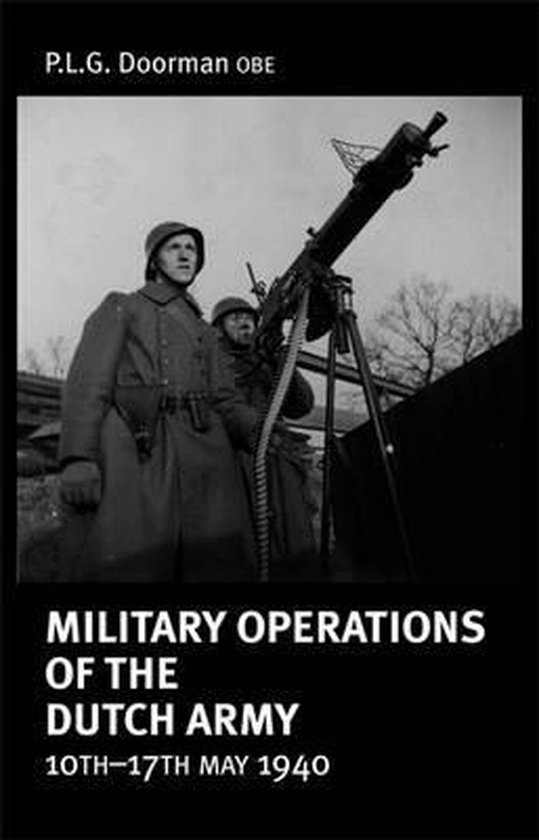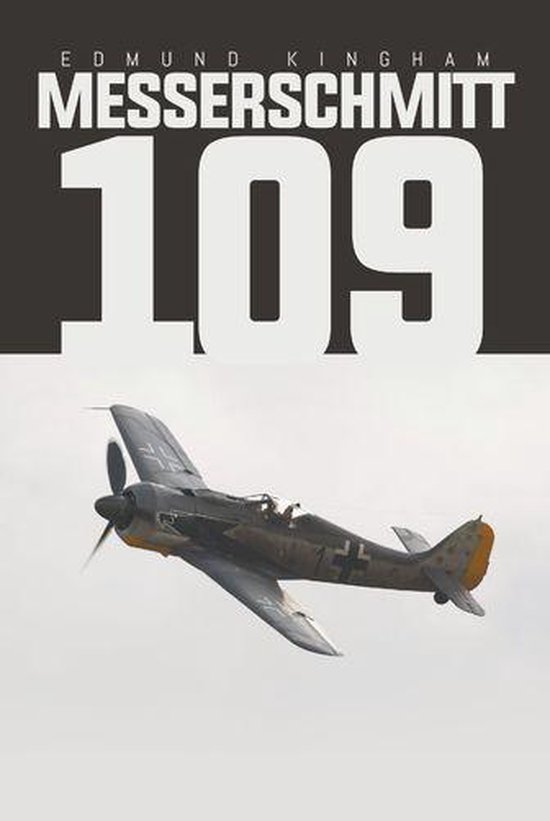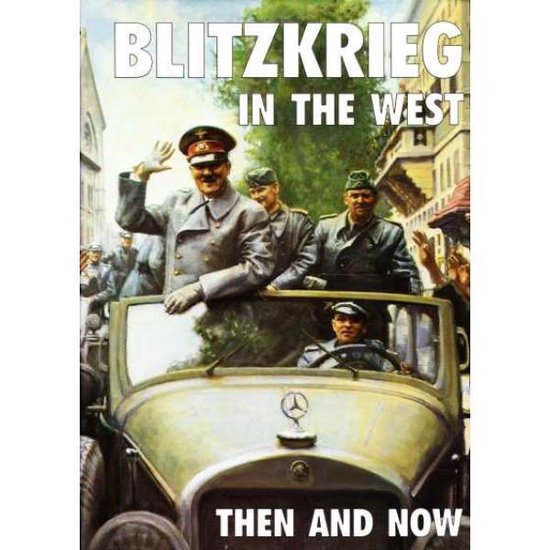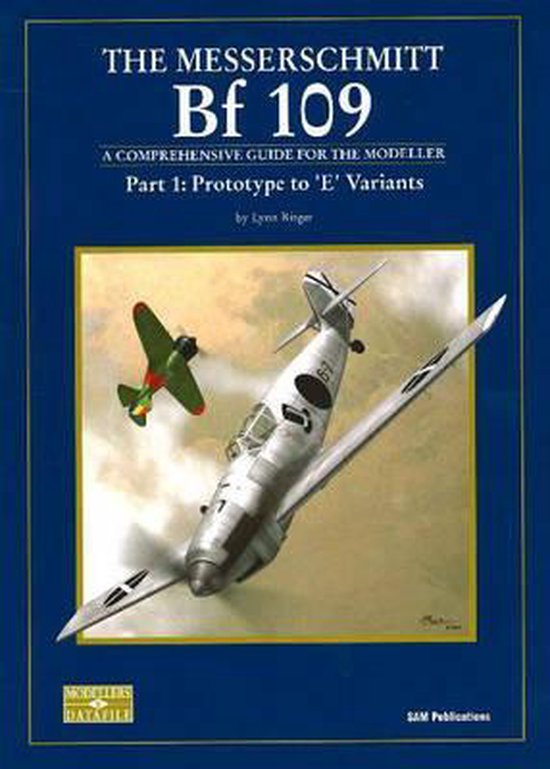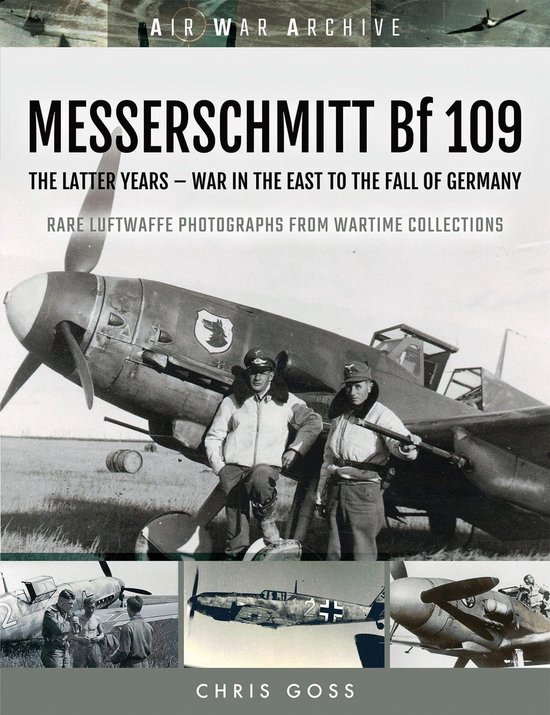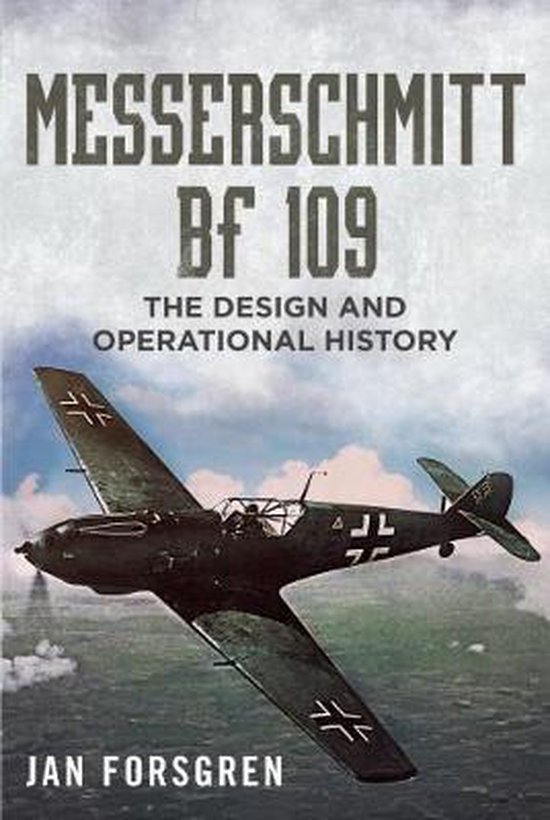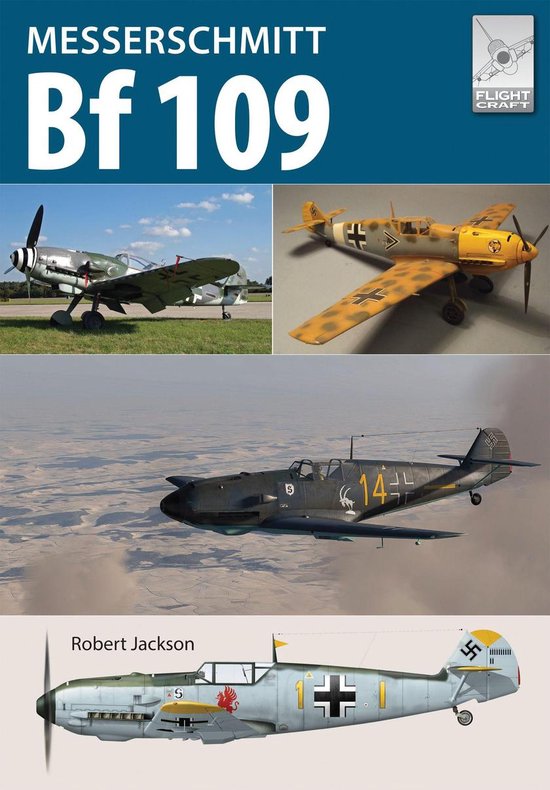Memorial plaque Crash Curtiss H-75 Hawk Meer
On May 11, 1940, French fighter planes were regularly dispatched to protect the advance of the French 7th Army to the Breda region against the then ubiquitous Luftwaffe. On their arrival over Antwerp, a patrol of four planes of the Groupement de Chasse 1/4 almost immediately clashed with German Messerschmitt Bf 109 fighter planes. The French aviators had a modern and free manoeuvrable aircraft, but they often had to lose out to the German fighters in terms of speed. Shortly after they entered a fight in the late afternoon, Lieutenant Pierre Verry saw how one of his comrades-in-arms, the 21-year-old Sergeant pilot Fernand Lacroix, was shot down by a Me 109 and crashed into flames between Wuustwezel and Zundert. The Curtiss H-75 Hawk with serial number 116 eventually landed at high speed in a corner of Meer around 6.30 pm and almost completely burned out. Of the GC 1/4, that dramatic then two pilots - Sergeant Lacroix and Commandant Hertaut - were killed and four airmen were wounded, including Lieutenant Verry.
Fernand Louis Lacroix was born in Paris on September 29, 1918. In the second half of the 1930s he lived with his parents in avenue Victor Hugo in Aubervilliers. His parents had a grocery store there and there was another son in the family, Guy, who was 8 years younger than Fernand. A few years before the war, Fernand joined the army and received military flight training. Apparently Sergeant Lacroix managed to down a German bomber on May 10, 1940, but the next day the young French pilot had to be defeated over our border region himself. The victor of the fatal aerial battle is probably Leutnant Joachim Müncheberg of Jagdgeschwader 26. This ace of the Luftwaffe (photo left, in the cockpit) would achieve a total of 135 victories over the canal, the Eastern Front and the Mediterranean. On March 23, 1943, however, fate would also catch him in Tunisia.
Sergeant Lacroix was given a field grave near the crash site at Blauwputten / Tolberg (photo on the right via Mia Van Gestel, himself in the front right), but his remains were repatriated to France in 1949. He is currently resting in the Aubervilliers cemetery with a propeller blade on his tombstone that probably came from the plane in which he died (photo center).
May 11, 1940, the second day of the war for our country, was one of the bloodiest days of the entire conflict for Hoogstraten and its boroughs. After all, because of the German air raids, there were ten and three fatalities respectively in Minderhout and in Hoogstraten center. In addition, a mobilized inhabitant of Wortel was killed in a bombing raid on a train in Tienen. It would take almost five years before the bloody Second World War in Europe was finally brought to an end on May 8, 1945.
This memorial plaque is an initiative of Erfgoed Hoogstraten vzw and the City of Hoogstraten.
Do you have more information about this location? Inform us!
Source
- Text: Jhonny Bastiaensen
- Photos: Jhonny Bastiaensen
- Tekst infobord Erfgoed Hoogstraten
Related books
Nearby
Point of interest
- Chapel Onze Lieve Vrouw van de Vrede Rijsbergen - Rijsbergen
- Villa Family Matthieu Minderhout - Minderhout (Hoogstraten)
- Former Peace Court House Hoogstraten - Hoogstraten
Monument
- War Memorial Churchyard Meer - Meer (Hoogstraten)
- Memorial Cave of Holy Mary Churchyard Meer - Meer (Hoogstraten)
- Timberwolf Division Memorial - Zundert
Cemetery
- Grave Civilian Casualties Cemetery De Willaert Zundert - Zundert
- Grave Civilian Casualty Roman Catholic Cemetery St. Trudo Zundert - Zundert
- Grave Civilian Casualty Roman Catholic Churchyard Wernhout - Wernhout

